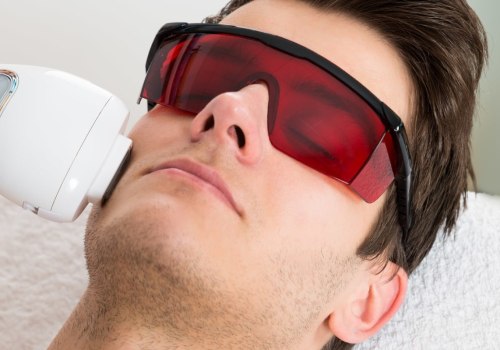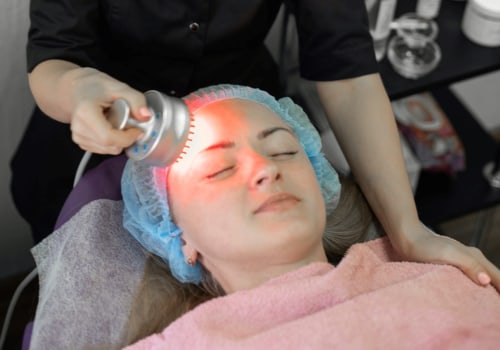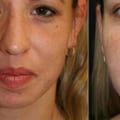After the laser hair removal session, the hair bulb will begin to come out in a period of 7 to 30 days. This can cause redness and bumps such as ingrown hairs, as the body will push the hair out of the follicle. Sometimes hair gets trapped under the skin, which is what causes redness or bumps. No laser hair removal will not cause you ingrown hairs, quite the contrary.
Ingrown hair is more common when shaving, waxing, or using other methods to remove hair. The bumps were probably going to be there from the shave, whether you did the laser or not. The long-term solution is to reduce hair growth. The short-term solution is to treat ingrown hairs.
It simply reduces the chances of having this problem after treatments are finished. Because laser hair removal destroys hair follicles at the source, the hair itself does not have a chance to ingrown. Ingrown hairs can become inflamed, sore, and irritated if not properly removed and can cause permanent healing of skin tissue. If the pathophysiology is similar to that of PFB, African American men or people with thick, dark hair and multigeminal pili hairs may be at increased risk of developing folliculitis with laser therapy.
I'm even thinking about removing the hair on my inner thighs (another area where I sometimes have ingrown). I had my first laser hair removal treatment and I was left with a pair of ingrown hairs that now seem to be stuck under my skin. While laser hair removal is not an overnight solution for this condition, it significantly reduces ingrown hairs over time and prevents them from forming in the first place. In people who are known to develop folliculitis after laser hair removal, have numerous multigeminal hairs, or have a history of irritating folliculitis secondary to shaving, it might be reasonable to pretreat with topical steroids and oral doxycycline.
With laser hair removal, you can expect to see results quite quickly, usually within the first two or three treatments. He noted that most of these injuries were based around a retained hair shaft and improved spontaneously once the associated hair shaft had fallen out or was removed with tweezers. The reason why the laser is so good for ingrown people is because it “kills the real hair shaft, so there is no chance that the hair can start to grow and then curl underneath, which is what an ingrown hair is,” he told me. Although the laser works on any skin tone and most hair colors, it cannot treat white, gray, or extremely light hair.
Folliculitis induced by laser hair removal A) Treatment region immediately after the procedure, showing diffuse erythema and mild edema of the treated area; B) Nine days after treatment, development of erythematous papules and pustules; C), 15 days after treatment and 5 days after the start of doxycycline, decreased number of papules and pustules with marked decrease in hair density in the treatment area; and D) 3 months after treatment, complete resolution of folliculitis.










